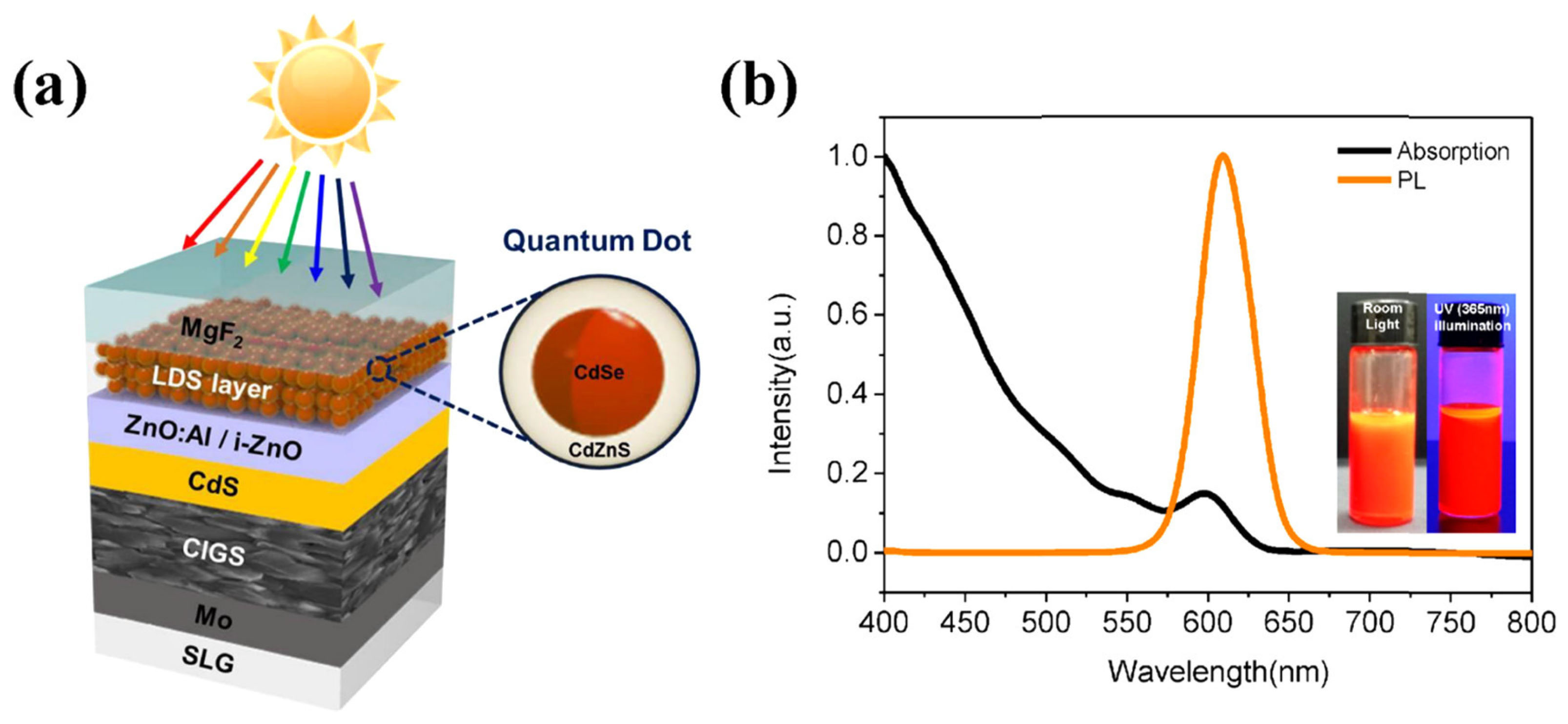Quantum Dot Solar Cells: Harnessing Nanoscale Materials for Efficient Solar Energy Conversion
Definition: Quantum dot solar cells are a type of photovoltaic device that utilizes nanometer-scale semiconductor crystals, known as quantum dots, to convert solar energy into electrical energy. These advanced solar cells aim to surpass the efficiency limits of traditional silicon-based solar cells by exploiting the unique properties of quantum dots.

Understanding Quantum Dots
Quantum dots are nanoscale semiconductor crystals, typically ranging from 2 to 10 nanometers in diameter. At this scale, the materials exhibit unique optical and electronic properties due to the quantum confinement effect. By manipulating the size and composition of quantum dots, researchers can tune their absorption and emission spectra, making them ideal for solar energy harvesting.
Advantages of Quantum Dot Solar Cells
- Tunable Bandgap: The bandgap of quantum dots can be precisely controlled by adjusting their size. This allows for the optimization of light absorption across a wide range of the solar spectrum, enabling more efficient energy conversion.
- Multiple Exciton Generation: Quantum dots exhibit a phenomenon called multiple exciton generation (MEG), where a single high-energy photon can generate multiple electron-hole pairs. This process has the potential to boost the power conversion efficiency of solar cells beyond the Shockley-Queisser limit.
- Solution-Processable: Quantum dots can be synthesized and deposited using solution-based methods, such as spin-coating or inkjet printing. This allows for cost-effective, large-scale fabrication of solar cells on flexible substrates.
- Enhanced Stability: Quantum dots can be engineered to have improved stability compared to organic dyes and other nanomaterials. This stability is crucial for the long-term performance and durability of solar cells.
Challenges and Recent Advancements
Despite the promising potential of quantum dot solar cells, several challenges need to be addressed for their widespread adoption:
- Charge Carrier Transport: Efficient charge carrier transport is essential for high-performance solar cells. Researchers are exploring strategies such as surface passivation and ligand engineering to improve charge extraction and minimize recombination losses.
- Scalability and Manufacturing: Scaling up the production of quantum dot solar cells while maintaining their performance and uniformity is a significant challenge. Advancements in solution-processing techniques and roll-to-roll manufacturing are being pursued to enable large-scale fabrication.
- Long-Term Stability: Quantum dots can be susceptible to degradation when exposed to air, moisture, and prolonged illumination. Encapsulation strategies and the development of air-stable quantum dots are being investigated to enhance the long-term stability of solar cells.
Recent advancements in quantum dot solar cells have led to significant improvements in their power conversion efficiency. Researchers have achieved efficiencies exceeding 16% in laboratory-scale devices by optimizing the quantum dot composition, device architecture, and interfacial engineering. Furthermore, tandem solar cells combining quantum dots with other materials, such as perovskites, have demonstrated even higher efficiencies, reaching up to 28%.
Applications and Future Prospects
Quantum dot solar cells have the potential to revolutionize the solar energy industry by offering high-efficiency, low-cost, and flexible photovoltaic solutions. Some potential applications include:
- Building-Integrated Photovoltaics (BIPV): The tunable color and transparency of quantum dot solar cells make them attractive for BIPV applications, where solar cells are seamlessly integrated into building facades, windows, or rooftops.
- Portable and Wearable Electronics: The flexibility and lightweight nature of quantum dot solar cells enable their integration into portable electronics and wearable devices, providing self-powering capabilities.
- Space Applications: Quantum dot solar cells can be optimized for high-efficiency energy harvesting in space, where the solar spectrum differs from that on Earth. Their resistance to radiation damage makes them suitable for space-based solar power systems.
As research efforts continue to address the challenges and push the boundaries of quantum dot solar cell technology, we can expect further advancements in their efficiency, stability, and scalability. The successful commercialization of quantum dot solar cells has the potential to significantly contribute to the global transition towards sustainable and renewable energy sources.
Further Reading
Dyes and Pigments, Review on the efficiency of quantum dot sensitized solar cell: Insights into photoanodes and QD sensitizers
2019 IEEE International Conference on Engineering Veracruz (ICEV), A review on quantum dot solar cells: properties, materials, synthesis and devices
